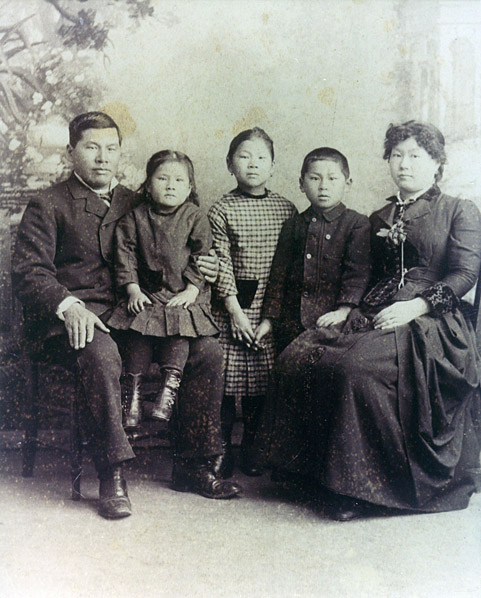AAPI Voices in Education
Posted on
This Asian American and Pacific Islander (AAPI) Heritage Month, we're highlighting educators and individuals who were pioneers or champions in their field, and whose contributions made a positive difference for others.
 Mary Tape was a desegregation activist who fought for Chinese American’s access to education.
Mary Tape was a desegregation activist who fought for Chinese American’s access to education.
Mary was born in northern China near Shanghai in 1857. In 1868, at the age of 11, she immigrated alone to the United States. Mary was taken in by the Ladies’ Protection and Relief Society in San Francisco, where she met and married businessman Joe Tape in 1875. In 1876, Mary had her first daughter, Mamie.
As Mary and Joe began raising their family, discrimination was on the rise in the United States. In 1882, Congress passed the Chinese Exclusion Act, which banned Chinese immigration for a period of 10 years and prevented all Chinese from becoming naturalized citizens. When Mary and Joe tried to enroll Mamie in a local primary school in 1884, the family was turned away, despite California’s 1880 law that entitled all children in the state to public education.
Joe and Mary Tape decided to retain a lawyer and sue the school principal, the superintendent, and the San Francisco Board of Education on Mamie’s behalf. The Tapes argued that not only had the 1880 school law been violated, but so had Mamie’s rights to equal protection under the 14th Amendment. Tape v. Hurley first went to the Superior Court, which agreed with the Tapes, then advanced to the California State Supreme Court, which in 1885 ruled that state law required public education to be open to “all children.”
Despite the court’s decision, the “separate but equal” doctrine was still used to justify segregation. San Francisco quickly pushed through a state law authorizing separate schools for children of Chinese descent. In response, Mary Tape wrote an impassioned letter to the School Board declaring that she would never send her children to a segregated school. However, the Tape children were soon enrolled at the new Chinese Primary School.
Tape v. Hurley became a landmark case in addressing segregation in public schools. After the decision, more and more Chinese children began attending neighborhood schools in San Francisco, even as the law sanctioning separate schools was in effect. The law was finally repealed in 1947, seven years before the U.S. Supreme Court would rule in Brown v. Board of Education that school segregation is unconstitutional.
Back to Blog